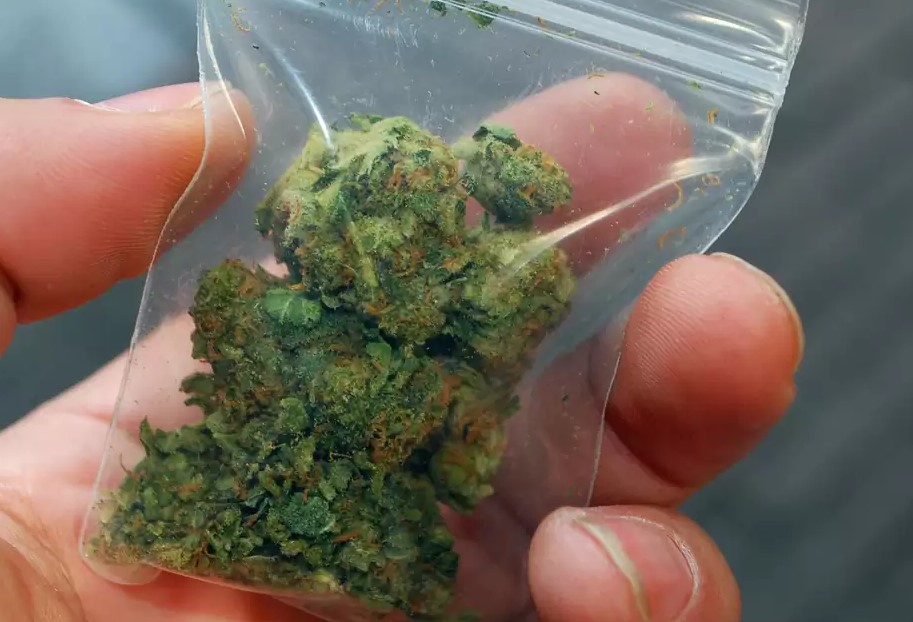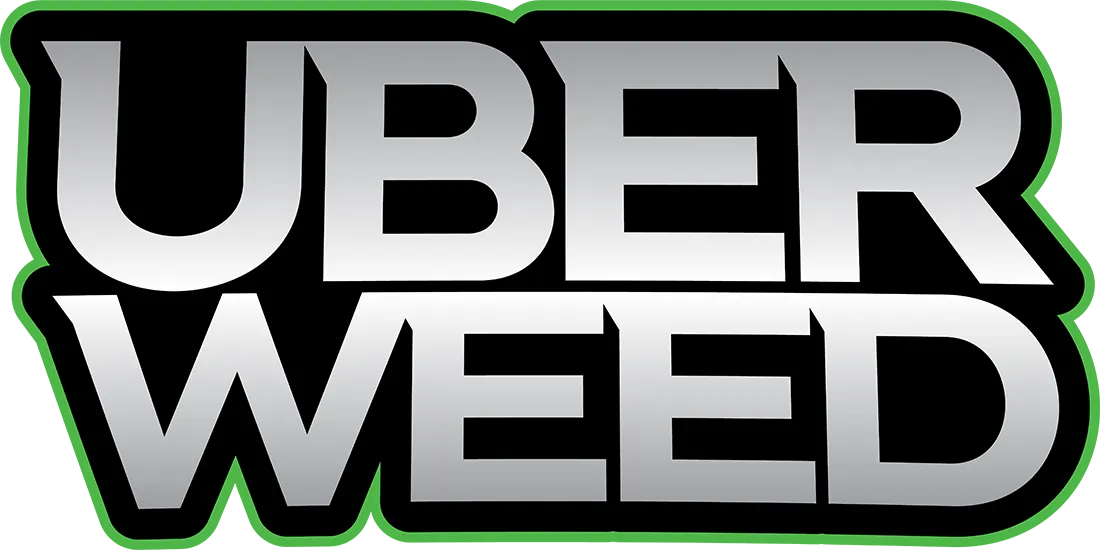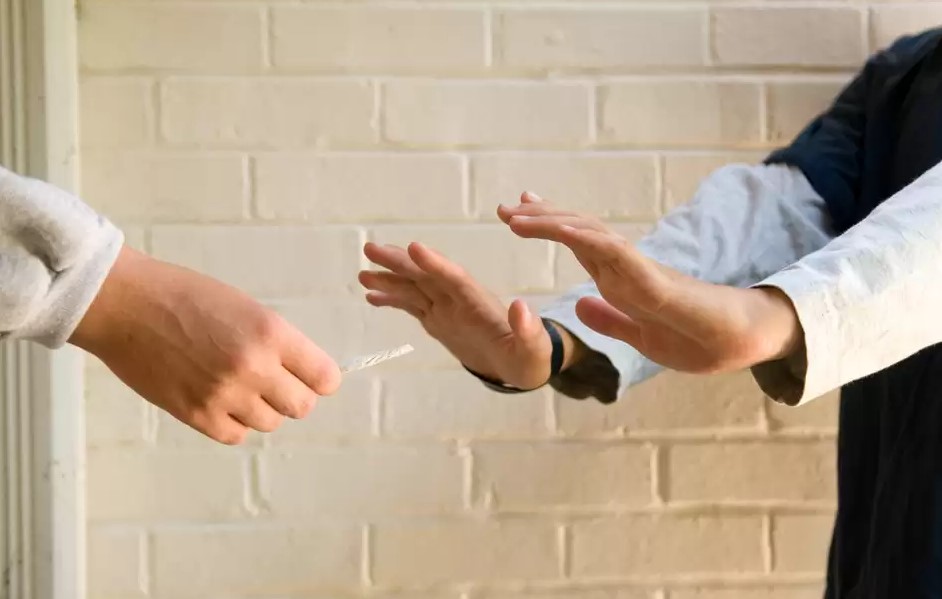Non classé
Cannabis Tolerance Breaks: The Ultimate Guide
Did you know that if you smoke herbe often, your tolerance will eventually increase? It’s true! The body downregulates cannabinoid receptors in response to continuous THC exposure. This results in users having to consume more cannabis to experience the same desired effects. However, thankfully taking a tolerance break resets things back to normal. Click here to learn everything there is need to now about this process!
Suddenly, the cannabis that once got you high after a couple of hits no longer produces the same effect. No matter how much weed you smoke, it feels like something is missing. The euphoria and creativity are gone, replaced by feelings of emptiness and apathy. Why does this happen? If you find that marijuana no longer gets you as high as it used to, don’t worry–you’re not alone. This is because your body has built up a tolerance to THC, the main psychoactive compound in cannabis. The solution is to take a short break from smoking (known as a “tolerance break”), after which you’ll be able to enjoy the same level of intensity as when you first started.
Factors That Influence a Weed Tolerance Break
If you find that smoking cannabis is not having the same effect on you as it used to, quitting for a short period of time may help. How long your tolerance break should be depends on how much and how often you were using cannabis, as well as the THC content of what strains you were smoking. individual biology also plays a role in this process.
How Much and How Often You Smoke
If you frequently use cannabis with a high THC concentration, your endocannabinoid system’s CB1 receptors will downregulate, which causes less intense highs. This also applies to those who smoke large amounts infrequently; eventually, their bodies will change the way it responds to cannabinoids. Although regular smokers usually benefit most from tolerance breaks, they also have a harder time due to withdrawal symptoms that are mild but still present. Moreover, regular smokers need more time abstaining from smoking than occasional smokers do in order reset their CB1 receptors back baseline levels..
THC Content
The amount of THC in the cannabis you consume plays a big role in how quickly you build tolerance, and therefore how often you need to take a tolerance break. For example, smoking strains with 30% THC will make your tolerance go up much faster than smoking strains with 15% THC. In general, as people use cannabis more over time, they also start using strains that are stronger and have higher potency levels. After a while, users find that this method is no longer effective and they need to start using bud concentrates. These concentrates contain 50-90% THC levels, and sometimes even higher. As a result, the user quickly builds up a tolerance for it.
Method of Ingestion
The different ways of consuming cannabis (like smoking, vaping, eating it, or letting it dissolve under your tongue) all have different effects on the body. Some methods create stronger reactions than others. For example, people who eat cannabis edibles usually have a more intense experience than people who smoke small amounts of marijuana regularly. But in general, how often you consume cannabis has a bigger effect on tolerance than the method of ingestion.
Exercise
Exercising is a great way to help your body rid itself of THC while also increasing your metabolism and releasing feel-good chemicals. Just going for a run, cycle, or brisk walk can have a significant impact on taking a tolerance break by activating the ECS. In particular, aerobic exercise releases compounds that bind to the same receptors as THC. Though these endogenous molecules don’t bind as strongly as the psychoactive cannabinoid, they are powerful enough to cause the “runner’s high.”
Keeping up with your workout routine during your tolerance break may help you come down more easily and process THC faster.
Sex and Hormones
Though the research is still fairly new, it suggests that females build up a tolerance to cannabis quicker than males. So while male heavy users might be able to go without as frequently, female heavy users may need more regular breaks.
What Is a Tolerance Break (T-Break)?
A tolerance break, in its simplest form, is when a person stops consuming cannabis for a set period to allow their body to reset and regain sensitivity to the effects of THC. Though it sounds easy enough, it can be quite difficult – especially for those who use cannabis daily.
The Most Important Question: Why Take a T-Break?
Once you consume THC, it enters your bloodstream and goes to your brain where it binds with CB1 receptors. Dopamine is then released, which are the ‘sensations of being high.’ If you smoke cannabis regularly, your body will adapt overtime by reducing the number of CB1 receptors. This means that despite smoking more weed, users will find themselves experiencing weaker effects because there’s fewer places for THC to bind with. A tolerance break essentially resets this process by giving the ECS time to bring CB1 receptor levels back up again.

How Long Should a Weed Tolerance Break Last?
How long do you have to take a weed tolerance break for it to be effective? Many different factors play into this, such as how frequently somebody uses marijuana and their individual biology. The lack of formal studies around this topic also means that experimentation is key. However, most people who use cannabis occasionally report that waiting a week or so helps reset their endocannabinoid system (ECS) and allows them enjoy the full effects of the drug once again. For regular users, taking two to three weeks off is advised.
Full T-Break Guide
Discover how to successfully take a break from weed below, with around one week’s worth of tips. From staying busy to resting properly and exercising, you’ll find plenty of ways to keep you on the straight and narrow. Keep in mind that more frequent users can adapt these tips to a longer T-break if necessary.
Step 1 — Day 0: Preparation
The first step is crucial: You must do a major overhaul of your daily routine. First, get rid all the weed in your house–give it away or ask friends to save it for you. Telling supportive friends about your plans will also help you stick to them.
Step 2 — Day 1: Stay Busy
If you’re starting to feel lost without weed, don’t worry, you’re not alone. Many people smoke weed as a standalone activity. To fill your newfound free time, try staying busy! Take up a new hobby or cook meals from scratch. Or if you need some fresh air, put on headphones and listen to a podcast while walking aimlessly until you hit 10,000 steps.
Step 3 — Day 2: Sleep Well, Read, Talk, and Relax
At this juncture, you may commence to notice the initial symptoms of withdrawal, such as crankiness, an inability to concentrate, and headaches. It’s pivotal that you treat your body with deference when experiencing these types of side effects. Get a solid eight hours of sleep every night, make some tea, read a good book, and relax–take some time for yourself! If you’re finding it arduous , reach out to a close friend or family member and have amicable conversation–you’ll be surprised by how much it helps!
Step 4 — Day 3: Cook Delicious Food as a Reward
Withdrawing from an addiction is serious business, but that doesn’t mean you can’t reward yourself for all the progress you’ve made. Try cooking up a delicious dinner! Not only will it distract you from withdrawal symptoms, but certain ingredients could actually help ease those symptoms. For example, beta-caryophyllene—a dietary terpene found in cloves and rosemary—is currently being studied for its ability to attenuate addiction through CB2 receptor activation.
Step 5 — Day 4: Exercise
If the benefits of exercise could be bottled and sold as a pill, doctors would prescribe it to every patient! Exercise not only keeps our bodies healthy and toned but also positively affects our moods by releasing feel-good chemicals throughout the body. For example, aerobic exercise increases levels of endocannabinoids in circulation, including the so-called “bliss molecule” anandamide. In other words: going for a run, cycle, swim or walk offers a natural high that doesn’t require smoking weed.
Step 6 — Day 5: Face Your Withdrawal Symptoms
By day five, some cannabis users will have already experienced the majority of their withdrawal symptoms, though others may still be hitting their peak. Generally speaking, symptoms of cannabis withdrawal include:
- Reduced appetite
- Mood changes
- Irritability
- Chills
- Cold sweats
- Stomach issues
- Headaches
- Sleeping difficulties
Depending on the person, some may experience more symptoms than others. However, it still takes a lot of willpower to get through them. To help make things more endurable, try consuming three full meals per day and staying properly hydrated and rested. Additionally, remaining active through exercise is beneficial.
Step 7 — Day 6: Connect With Yourself
We’ve gone over a few physical coping mechanisms for when you’re going through a T-break, but remember that we are more than just our bodies. It will also do wonders for your mental state to take some time for reflection. Use this break as an opportunity to think about your life, what’s holding you back, and where you want to be in the future. Consider meditating, keeping a journal, or Going on walks while contemplating these weighty topics; anything that might help you come out the other side of this experience feeling like a brand new person!
Step 8 — Day 7: Celebrate What You’ve Accomplished
Congratulations on making it through one whole week! Your worst symptoms have most likely passed, your cravings have decreased, and your ECS is beginning to produce more CB1 receptors! However, the challenge isn’t over yet. A few more days of restraint will reward you with feeling THC’s effects as if it were for the first time. Until then, be proud ofyourself for everything you’ve accomplished and give yourself a little celebration. Count how much money you’ve saved up and spend it on something fun or new, or save it so that when you do want to purchase some cannabis in a few days,you’ll be able to splurge a little bit.
Step 9 — Day 8: Repeat If You Need More Time Away From Weed
If you only smoke a few times per week, your CB1 receptors will be fine. However, if you smoke heavily every day, it would be beneficial to take a break for one or two weeks so that you can reset your tolerance. This way, it’ll be much easier to stay abstinent in the future. With that being said, keep yourself occupied during this time by exploring new hobbies and continuing to treat yourself well. Lastly, don’t forget to exercise!
How Often Should I Take a Weed Tolerance Break?
Your experience with cannabis after a break depends on your personal usage. If you go back to smoking frequently, you’ll notice your tolerance increase over time. However, if you only enjoy it occasionally, then you likely won’t feel much of a difference in how high you get.
If you feel like your cannabis use isn’t giving you the effects that you want, try taking a tolerance break so that your system can reset.
Will CBD Ruin My Tolerance Break?
No. Using CBD products during a tolerance break will not adversely affect CB1 receptor expression or cannabis tolerance. Interesting, early research shows that CBD might indirectly boost levels of anandamide, which could be beneficial in managing withdrawal symptoms and making a weed tolerance break more bearable.
You’re Ready for a Successful Weed Tolerance Break
Now that you know what it takes to take a T-break, resetting your ECS is easy. Whether it’s one week or more, you’ll be able to appreciate cannabis again—enjoying powerful highs and stimulating smoking sessions. With the first few hits,you’ll experience dopamine rushes, creative thoughts, and pure euphoria!


